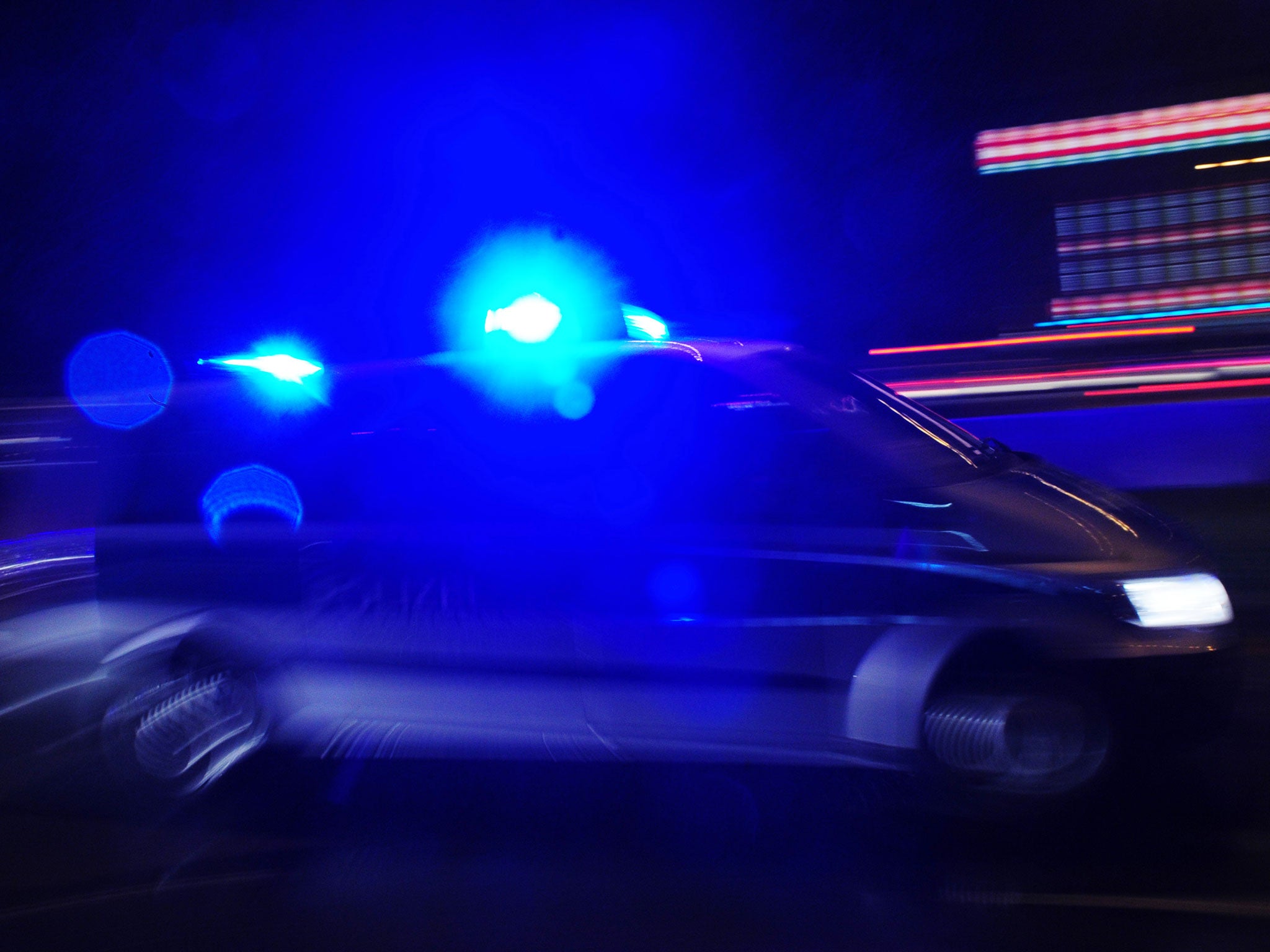Are the emergency services better together or happier apart?
Home Affairs: Distinction between 'blue light' services is increasingly blurred in the everyday response to emergencies

Your support helps us to tell the story
From reproductive rights to climate change to Big Tech, The Independent is on the ground when the story is developing. Whether it's investigating the financials of Elon Musk's pro-Trump PAC or producing our latest documentary, 'The A Word', which shines a light on the American women fighting for reproductive rights, we know how important it is to parse out the facts from the messaging.
At such a critical moment in US history, we need reporters on the ground. Your donation allows us to keep sending journalists to speak to both sides of the story.
The Independent is trusted by Americans across the entire political spectrum. And unlike many other quality news outlets, we choose not to lock Americans out of our reporting and analysis with paywalls. We believe quality journalism should be available to everyone, paid for by those who can afford it.
Your support makes all the difference.When desperate communities threatened by flooding dialled 999, the chances were that police officers and fire crews arrived together and worked side by side to rescue people from their homes.
The distinction between the “blue light” services is increasingly blurred in the everyday response to emergencies. Following a sustained fall in numbers of blazes, around 40 per cent of fire crew call-outs are to cut motorists out of cars – while police secure the scene of the accident and paramedics are on stand-by to treat victims.
Despite the joint operations, fire services and police forces function separately, with their own control centres, command structure, training and employment terms and conditions.
Ministers are determined to break down barriers they regard as bureaucratic and inefficient, and will next week set out a statutory duty for the emergency services to examine ways of increasing collaboration.
The announcement follows moves to shift responsibility for fire services at local level to Police and Crime Commissioners and at national level to the policing minister.
The Government insists the initiatives are simply designed to improve efficiency and the public will notice no difference in the quality of help they receive in an emergency. But critics, led by the Fire Brigades Union (FBU), warn that the steps are a smokescreen for cuts following a five-year squeeze on funding for fire brigade budgets.
The Home Office says joint working is already succeeding in practice, citing initiatives in Northamptonshire, where the services are saving more than £5m a year by sharing vehicles, premises and operations, and in Hampshire, where the taxpayer is saving £1.2m a year from senior police officers being based in its fire and rescue headquarters.
Mike Penning, the policing minister, says: “This is about smarter working, reducing the cost of back-office functions and freeing up front-line staff.”
The FBU smells a rat, suspecting that the moves are driven by the need to make further savings on top of the closure of dozens of fire stations and the loss of about 7,000 firefighters’ jobs.
The moves are a recipe for chaos, it adds, given that many fire services operate across different boundaries from the 43 police force areas in England and Wales.
The union says that the plans could amount to a takeover of fire by police, also pointing out that the two services have different employers, different conditions of service and different rights – notably over the right to strike.
Critics, who also include the Police Federation, fear that greater collaboration could lead to fire crews drawn into crime-fighting roles or police officers trained in paramedic skills.
The Government counters that laws preventing police officers from fighting fires will remain, that there is no plan to give firefighters the power of arrest and that the public will see no difference in the response to a crisis.
But there is no disguising the Government’s direction, with the Home Secretary, Theresa May, arguing that fire and police have much to learn from each other.
A Treasury source put it more bluntly: “Does it really make sense for the services to be operating separately? We’ve really got to think out of the box.”
It is not impossible to envisage, in 10 years’ time, a fully integrated emergency service boasting staff who can arrest crooks, tackle fires and provide live-saving medical help.
Join our commenting forum
Join thought-provoking conversations, follow other Independent readers and see their replies
Comments